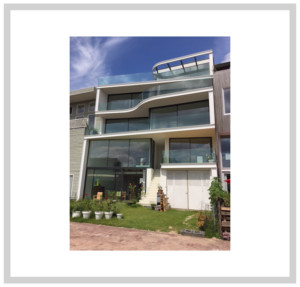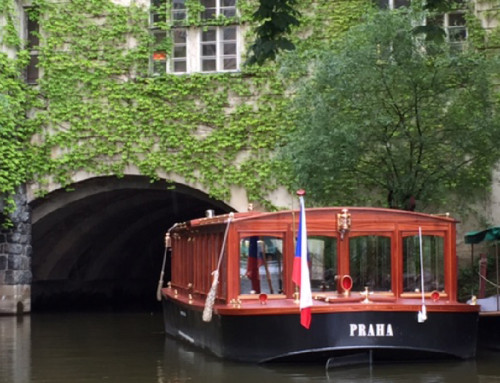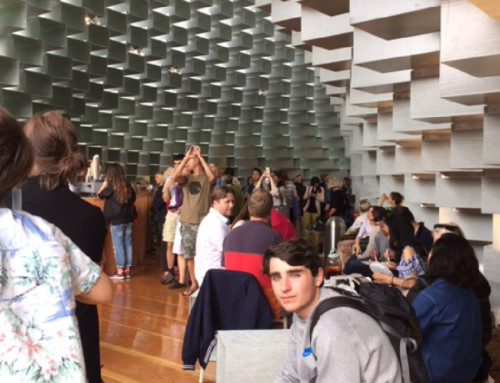 Beyond the tourist fueled Red Light district and “brown cafes” of Amsterdam, lies a spirit of design experimentation that American urban architects can only dream of. With strict regulations on historic structures preserving its 17th century grandeur, Amsterdam’s planning leaders have responded to architects desire to push the boundaries of contemporary residential design in a new neighborhood called “Buisloterham” a brownfield site a ferry ride across the River IJ from the Central Station.
Beyond the tourist fueled Red Light district and “brown cafes” of Amsterdam, lies a spirit of design experimentation that American urban architects can only dream of. With strict regulations on historic structures preserving its 17th century grandeur, Amsterdam’s planning leaders have responded to architects desire to push the boundaries of contemporary residential design in a new neighborhood called “Buisloterham” a brownfield site a ferry ride across the River IJ from the Central Station.
Formerly home to the Fokker airplane factory, a Shell Oil laboratory and other manufacturing activities, the government responded to pressure from local architects to develop Zero Net Energy homes using nontraditional architecture, and allowing for “self-building.” In The Netherlands, most homes are built by developers or government agencies, so creating the opportunity for architects and others to design and build their own homes, was considered both exceptional and risky. But the economic downturn of 2008, the lack of residential marketability of this brownfield site and the activism of Amsterdam’s architects created the perfect storm of possibility for experimentation over the last decade.
The newly built or under construction “architect-built” homes – showcase live/work spaces (ground floor spaces reserved for working with upper levels for living), and homes not connected to the City’s electricity grid. Building officials required high levels of sustainability, set height limits and a maximum square footage and encouraged architects to try new ideas.
During Amsterdam’s “Day of Architecture’ on June 19, I visited six of 14 homes on Bosrantstraat (translated, this means: “edge of the woods street.”) Not all of the architectural ideas on the street are likely to be replicated, of course. Despite several successful demonstrations, Amsterdam’s utility agency would later require that new homes be connected to the utility grid…“to make sure they could be paid,” muttered one architect to me under his breath. Yet CC-Studios idea for enclosing a 5 story structure in a greenhouse of glass has created a sumptuous structure with no need for heating, even on the coldest gray winter day in North Holland.
But what is clear is that architectural expression and experimentation, coupled with flexible regulations, has rejuvenated this industrial neighborhood. Leading this American to wonder: can we learn something from the Old World?










Leave A Comment